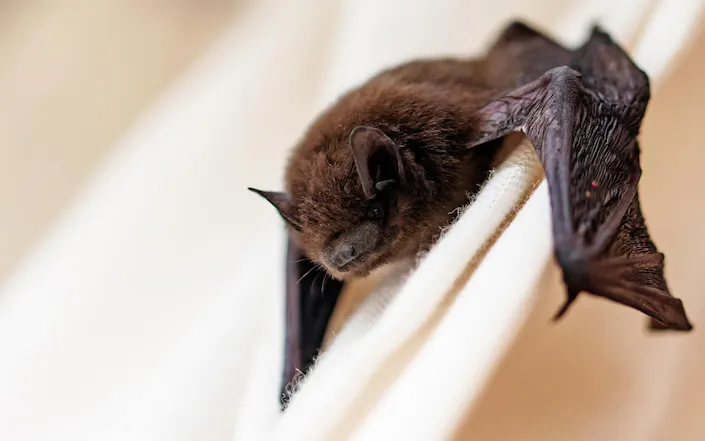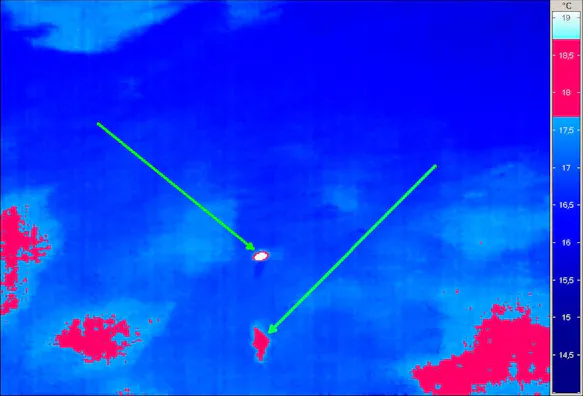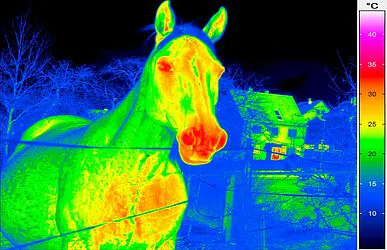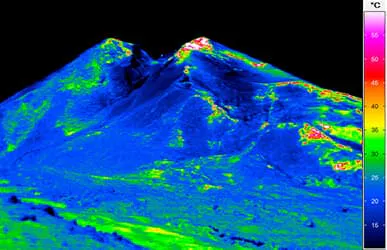Thermography in Environmental Studies
Bats are important in the ecosystems, and can provide valuable services to humans such as reducing the numbers of insect pests at night. But the consequences of human population expansion have caused significant reductions in the populations of many bat species over the past hundred years. In order to protect bat populations firstly their ecology has to be understood but it can be very difficult to study the small, nocturnal mammals in the wild. Infrared thermography offers solutions to many of the problems faced by bat ecologists.

Prof. Gareth Jones leads a highly respected bat research group and has recently supervised a trial undertaken by Angus Tillotson to assess the value of thermal imaging technology for the study of bats.
The thermographic camera VarioCAM®-series was used to study roosting bats, to count bats as they emerged from roosts and to observe the behaviour of flying bats. In all three cases thermal imaging offered significant benefits over conventional survey techniques. Roosting bats could be detected through thin building materials such as roofing felt.
InfraTec Solution
University of Bristol – School of Biological Sciences
Prof. Dr. Gareth Jones, Angus Tillotson, Msc
www.bristol.ac.uk/biology
InfraTec solution
VarioCAM®-series
At low light levels the thermographic camera enabled bats emerging from roosts to be counted more accurately than by using conventional survey techniques.
In a project to study the effects of artificial lighting on the behaviour of bats as they travel between roost sites and foraging areas, the thermographic camera enabled the flying bats to be seen more clearly than when using conventional (NIR) IR video photography.
When imaging Daubenton’s bats foraging over water, reflections of the body heat from the water surface enabled researchers to calculate the flying height of the bat.
Infrared thermography does not require external light sources that may influence natural behaviour and is not affected by extraneous lighting from streetlights etc., making it well suited for the study of bats in urban or roadside locations.



